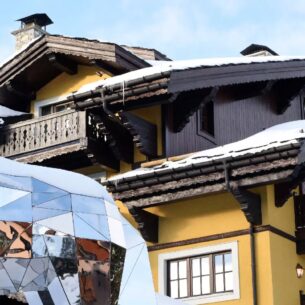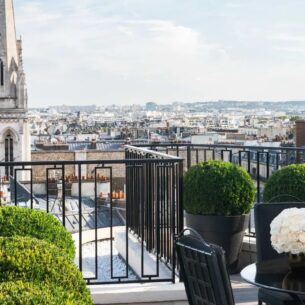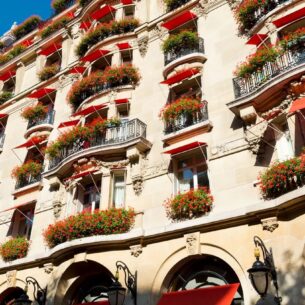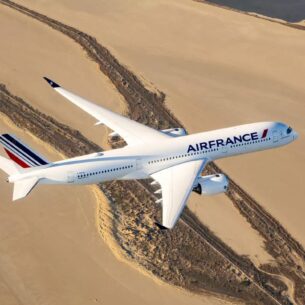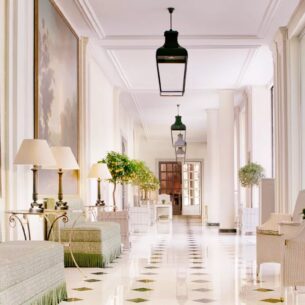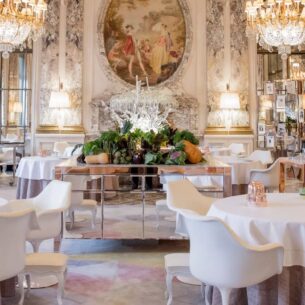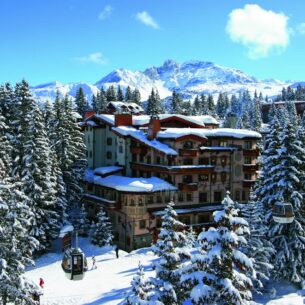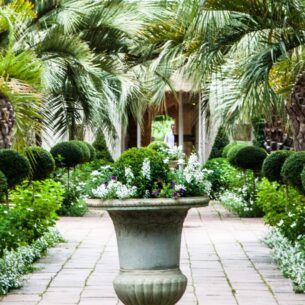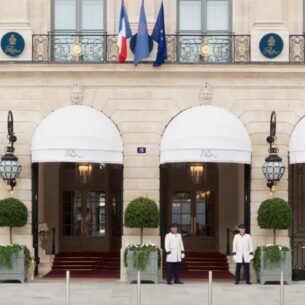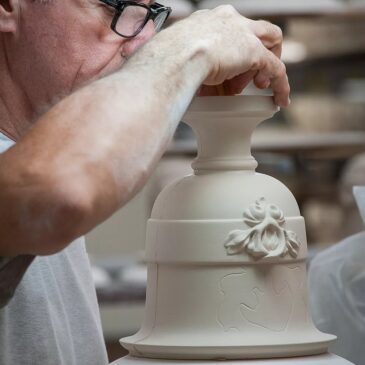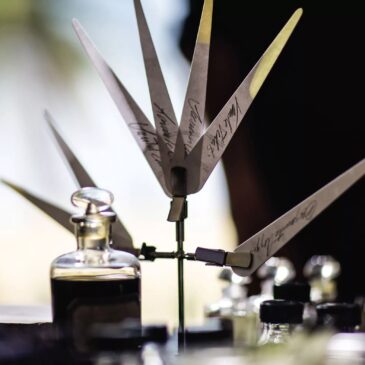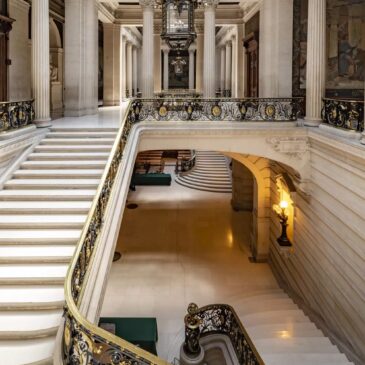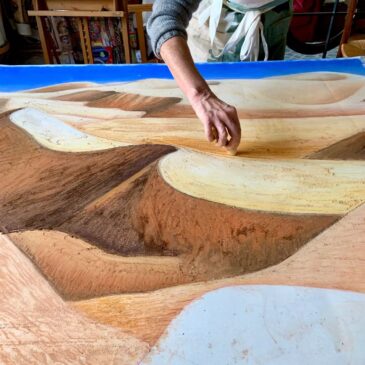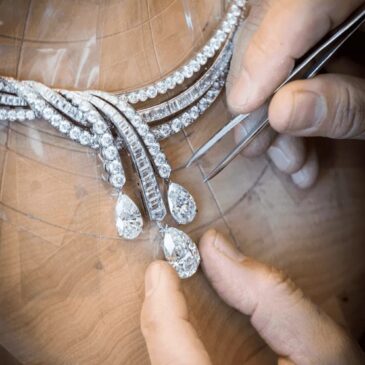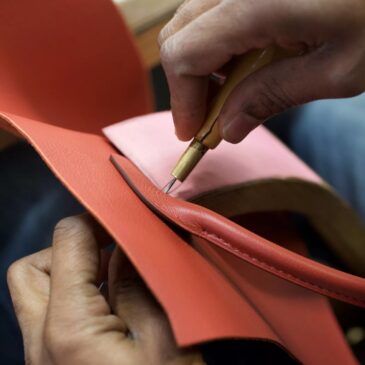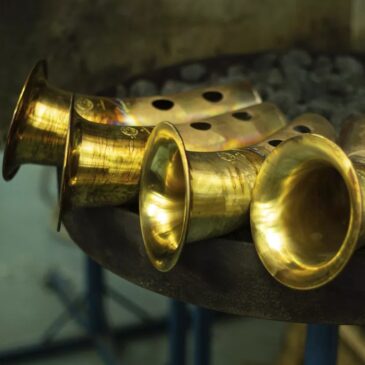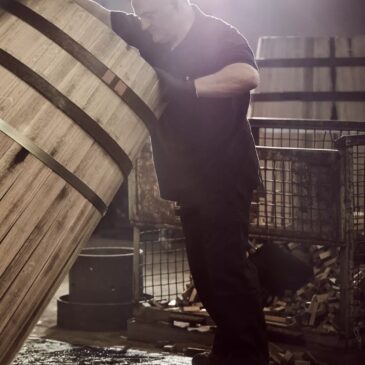Hospitality
In the early 19th century, luxury hospitality
à la Française began to flourish.
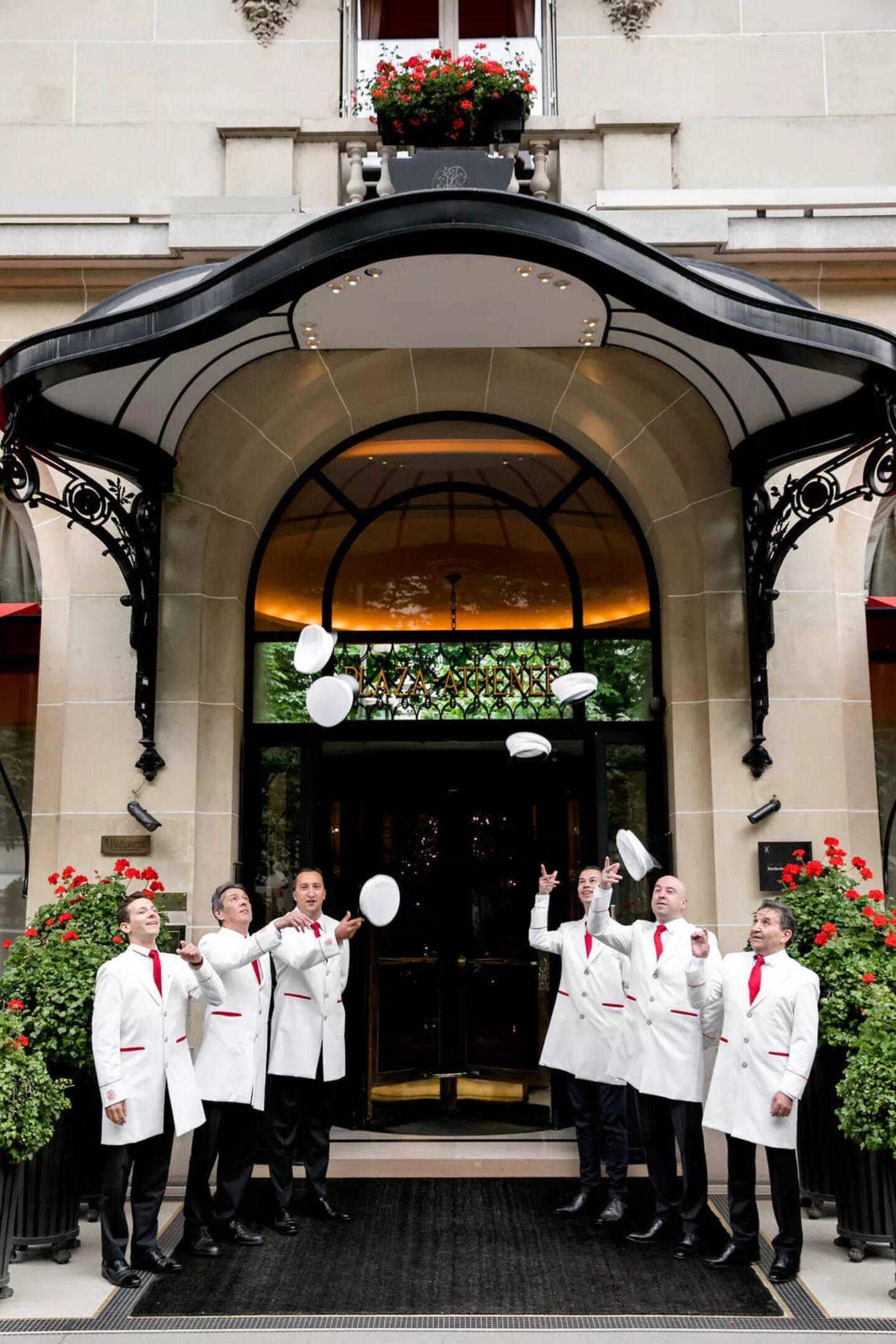
The advent of tourism
Since 1834, the English word “palace” has been used in France to refer to “a large commercial establishment synonymous with elegance and good taste, embodying an idea of luxury hospitality, reserved for a certain elite”. At the time, it therefore meant a “luxurious abode”. It was used for the first time in France in 1898 with the opening of the Élysée Palace Hôtel built for the Compagnie des wagons-lits (International hotel and travel logistics company), on the Champs-Élysées.
At the end of the 19th century, palaces opened to respond to the emergence of a very high-end clientele travelling by rail. The Parisian middle classes discovered the charms of Deauville while the English and Russians preferred the warmth of the Côte d’Azur. These luxury hotels, situated in exceptional locations, had wonderful views of the sea or mountains. At the time of the World Expos, they also grew in number on the capital’s most prestigious avenues.
French art de vivre
This travelling elite demanded the same comfort when travelling as when they were at home. They considered hotels as their second home and rarely left them. As such, hotels did everything in their power to embody the French art de vivre. The architecture, like the décor, was stunning. There, guests enjoyed the latest inventions and international cuisine, and their every wish was granted by the extensive personnel.
The palace model gradually took form under the impetus of daring entrepreneurs like Henri Germain, founder of the Crédit Lyonnais, and Swiss Alexander Seiler, as well as talented architects such as Dalmas and Biasini, and the visionary hoteliers Peter Ober and César Ritz.
In France, the title palace was made official in November 2010 to make it easier to promote establishments internationally. It is a part of French culture and one of the elements that make France such an appealing destination. The distinction is attributed for a period of five years.
